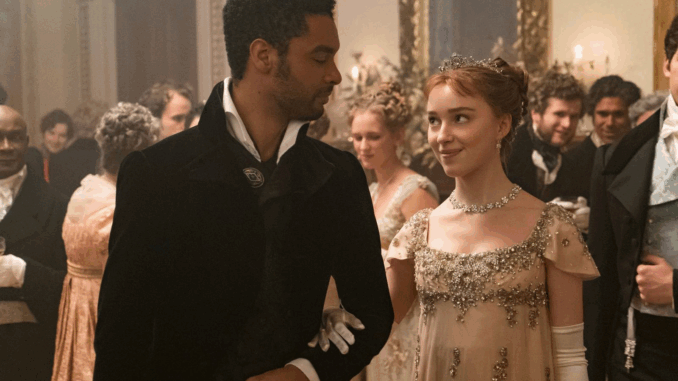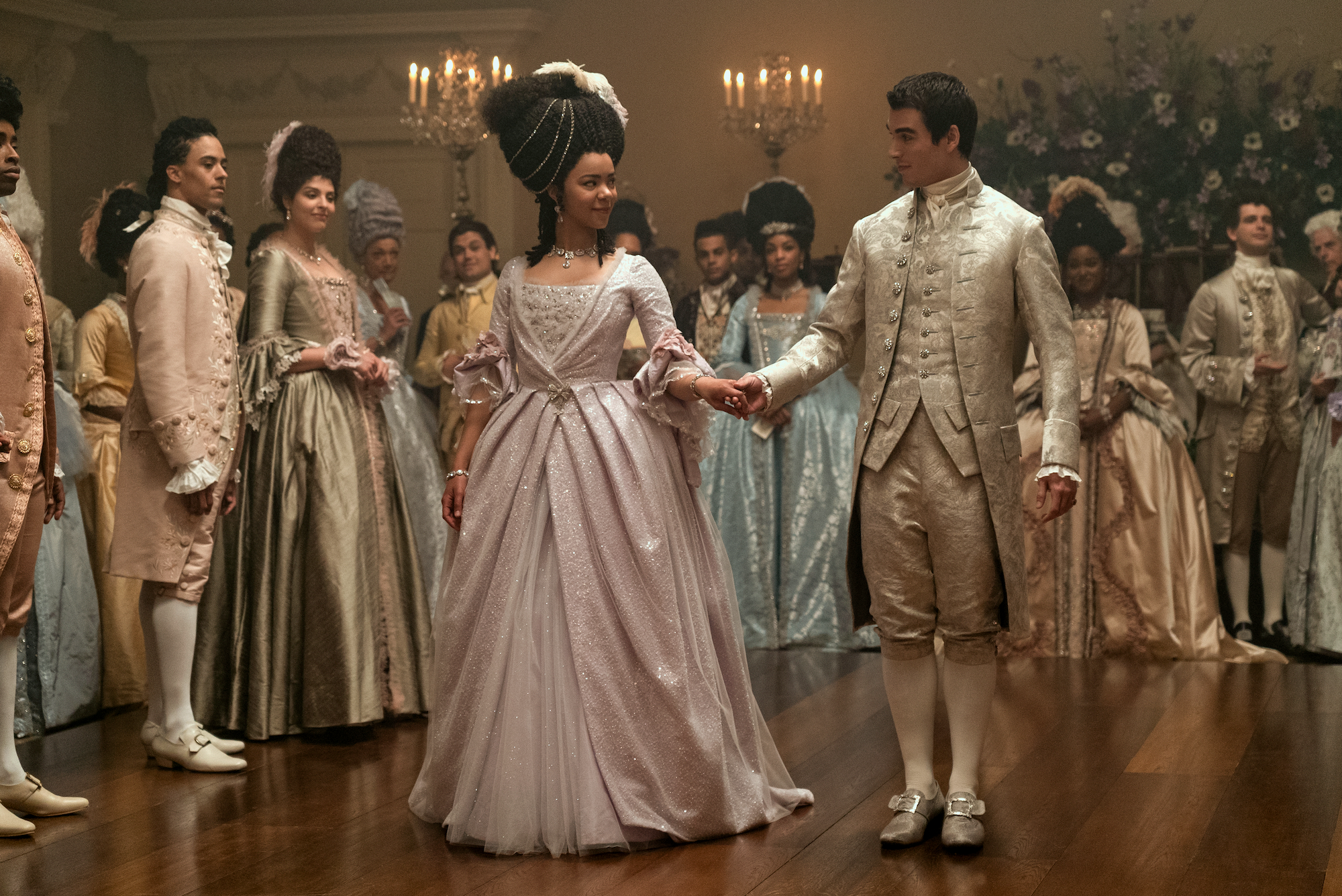
Bridgerton has been widely praised for its fresh, modern take on Regency England. But what many viewers don’t realize is just how deliberate the show’s creative choices are. From its inclusive casting to its reimagined social structures, Bridgerton uses historical fiction as a foundation—not a constraint.
One of the most groundbreaking elements is the show’s race-conscious casting, which incorporates actors of diverse ethnic backgrounds into the highest circles of Regency society. This creative choice was inspired by real historical theories surrounding Queen Charlotte, who some historians believe may have had African ancestry. The series expands upon this idea, creating an alternate-history version of England where aristocratic diversity emerged through royal influence.
The writers and producers have emphasized that this approach is not accidental. The goal was to offer viewers a period drama where people of all backgrounds could see themselves represented, without turning the show into historical documentary. Instead, it presents a world of “what could have been,” celebrating imagination rather than strict accuracy.
 Another interesting fact is that the show draws heavily on contemporary romantic tropes, many taken directly from Julia Quinn’s novels. Slow burns, enemies-to-lovers arcs, mutual pining, scandalous secrets, and steamy tension are intentionally heightened. In this sense, Bridgerton is closer to a modern romance series dressed in Regency clothing than a traditional historical drama.
Another interesting fact is that the show draws heavily on contemporary romantic tropes, many taken directly from Julia Quinn’s novels. Slow burns, enemies-to-lovers arcs, mutual pining, scandalous secrets, and steamy tension are intentionally heightened. In this sense, Bridgerton is closer to a modern romance series dressed in Regency clothing than a traditional historical drama.
Dialogue also reflects this creative blend. While characters don’t speak in modern slang, their emotional expressiveness, humor, and introspective moments feel more like 21st-century conversation than 1813 etiquette. The writing team has said that this approach helps keep the show accessible to global audiences.
Another fun fact: many of the social customs seen on screen are exaggerated for dramatic effect. For instance, while Regency society was highly formal, young women were not quite as sheltered or controlled as often portrayed. However, by amplifying the stakes of courtship and societal expectations, Bridgerton heightens the emotional urgency of love and scandal.
Even the music reinforces the modern Regency fusion. Using orchestral pop covers allows viewers to feel connected to the characters’ emotions through familiar melodies. The effect is subtle but powerful: you instinctively understand the romantic tension because you recognize the song underlying the dance.
Finally, Bridgerton approaches femininity, independence, and sexuality with a decidedly contemporary lens. Characters like Eloise and Siena represent modern questions about gender, ambition, and social mobility. Daphne’s journey explores themes of agency and desire, topics rarely addressed openly in older period dramas.
In the end, Bridgerton thrives because it embraces creativity rather than constraint. It’s not trying to recreate Regency England—it’s trying to reimagine it. And in doing so, it brings timeless romance into a bold, inclusive, and deeply entertaining new era.
